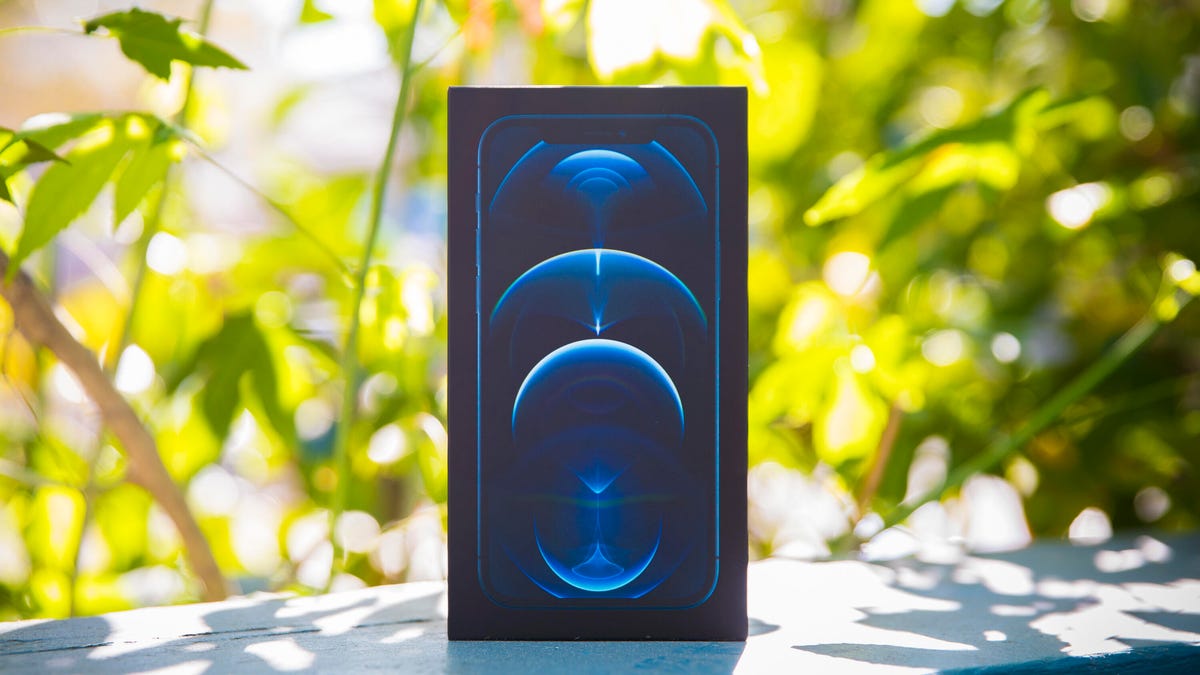iPhone 12 screen aced our drop test. But this rival says its 'glass' is 3 times harder
No doubt about it, Apple's iPhone 12 screen is tough. Can this glass alternative match up?

The iPhone 12 is the first device to use this particular type of ceramic glass on its screen.
No sooner has the dust settled on CNET's jaw-dropping iPhone 12 drop test than another rival has stepped up to claim its alternative "glass" for protecting electronics like phones and smartwatches is three times harder than the iPhone's ceramic screen. Why? Because it's made of diamond. Specifically, diamond glass.
Let's back up for a minute. The iPhone 12 uses a brand-new material to protect its delicate display (that's the panel beneath the "glass" that lights up the pixels you see on your screen). Called Ceramic Shield, the new glass topper is made by Corning, the same company that makes the new Gorilla Glass Victus cover material used on Samsung's Galaxy Note 20 Ultra.
Apple, which worked with Corning to formulate Ceramic Shield just for the iPhone, claims this substance is "tougher than any smartphone glass." Based on the results of our drop test, that could well be true.
Miraj Diamond Glass looks like "regular" glass.
Ceramic Shield is a type of translucent, chemically strengthened glass that's superheated until it's incredibly hard. So what's diamond glass? From the samples we've seen over the last several years, diamond glass is also just as transparent and reflective as you'd want from the top layer protecting your electronics.
But since it's made from crystalline diamond, one of the hardest known structures, manufacturers have looked to the substance as an alternative to "regular" glass, which can still crack, break and scratch despite undergoing a process to chemically strength it.
This material in particular, called Miraj Diamond Glass, uses lab-grown diamond nanomaterials that are so incredibly small, they can be sprayed in an ultrathin layer on top of either glass or plastic to make a much harder surface. In theory, Miraj Diamond Glass could even top ultrathin foldable glass like the kind found on the Galaxy Z Fold 2.
On paper, diamond glass is inherently harder than ceramic glass like the iPhone 12's Ceramic Shield and Schott Ceran Miradur, which is used on cooktops, simply because the properties of diamond nanocrystal will score higher on industry-standard scales of hardness and pressure than ceramic glass. Schott's website even claims its ceramic glass is "almost as hard as a diamond" (my emphasis).
To prove the advantage of its material -- which is not yet available in a commercial product -- Akhan Semiconductor commissioned a lab at Northwestern University that works with nanotechnology to use microindentation testing, a standard way to examine a material's hardness at a microscopic level, using an indenter tool made from none other than diamond, one of the hardest materials on Earth.
The result? The claim that Miraj Diamond Glass cover material sprayed onto ceramic glass is over three times harder than any ceramic glass alone could ever be -- including the iPhone 12's topper. (According to Akhan Semiconductor's graph, below, ceramic glass measures no more than 10 Gigapascals, a unit of pressure, compared to diamond glass, which measure over 36 Gigapascals.)
But here's a catch. The lab's microindentation test occurred before Apple launched the iPhone 12, which means that the claim remains theoretical for now. The true test would be a one-to-one comparison of Miraj Diamond Glass and Corning's Ceramic Shield on the same device -- in this case, two iPhone 12 devices, one as is and the other coated in an extra layer of hardened diamond dust.
A visual scale of material properties for "hardness," as measured by gigapascals, a unit of pressure.
That said, a microindentation test is only one measure of hardness, and one way to test all-around durability and strength. Drop tests, scratch tests and other torture tests would paint a more complete picture of how diamond glass would hold up against your real life accidents and abuses, including drops, scratches and other kinds of physical or temperature pressure.
We know that a material itself may behave one way when it's a flat rectangle on a piece of steel. But putting it on a device that curves, bends and stretches in spots can also change the forces that cause a material to act one way or another.
That's one reason why the corners of a phone screen often seem more susceptible to cracks and scratches, and it's what makes these real world exercises so important. Diamond glass has been one promising glass alternative for the last several years. But until it sees daylight on a commercial device, it won't have a chance to truly shine.

